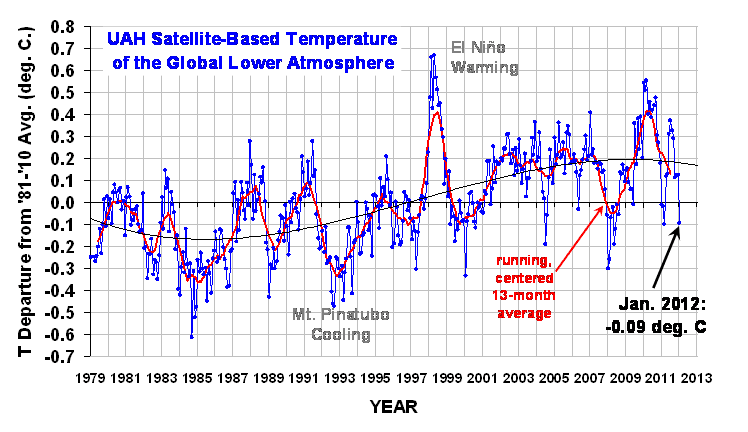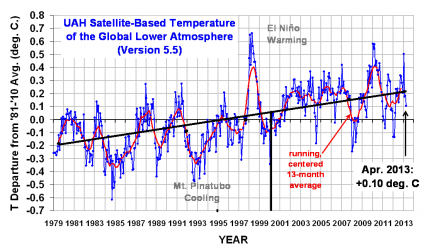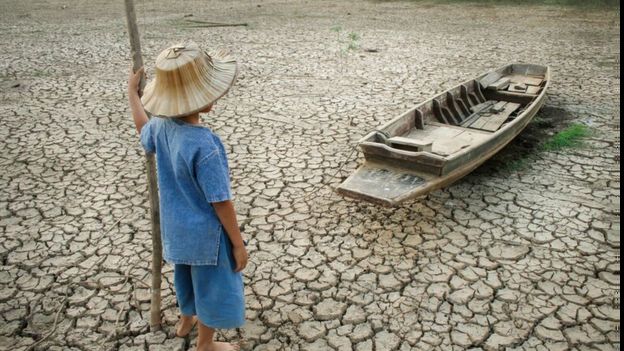ScienceRocks
Democrat all the way!
- Banned
- #1
Carbon dioxide passes symbolic mark(400 ppm)
BBC News - Carbon dioxide passes symbolic mark
BBC News - Carbon dioxide passes symbolic mark
Carbon dioxide levels in the atmosphere have broken through a symbolic mark.
Daily measurements of CO2 at the authoritative "Keeling lab" on Hawaii have topped 400 parts per million for the first time.
The station, which sits atop the Mauna Loa volcano, has the longest continuous measure of the concentration of the gas, stretching back to 1958.
The last time CO2 was regularly above 400ppm was about 3-5 million years ago - before modern humans existed.
The climate back then was also considerably warmer than it is today, according to scientists.
Carbon dioxide is regarded as the most important of the manmade greenhouse gases, a product principally of burning fossil fuels such as coal, oil and gas.
The usual trend seen at the volcano is for the CO2 concentration to rise in winter months and then to fall back as the northern hemisphere growing season kicks in and pulls some of the gas out of the atmosphere.
This means the number can be expected to decline by a few ppm below 400 in the coming weeks. But the long-term trend is upwards.



 Let me show you them.--->
Let me show you them.---> HOLY SHIT. This nino was a once every 100 year event. Going from this point to measure today isn't wise.
HOLY SHIT. This nino was a once every 100 year event. Going from this point to measure today isn't wise. Many months are already busting 2009 which was also a moderate nino towards the end.
Many months are already busting 2009 which was also a moderate nino towards the end. 



